
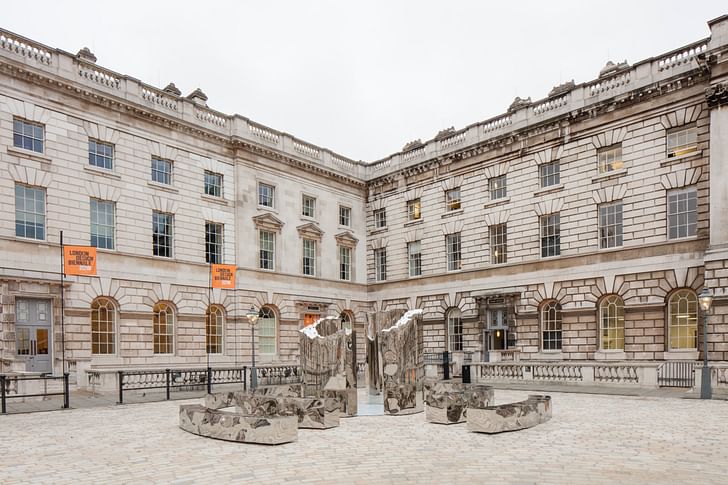
Every two years, hundreds of thousands flock to the historic small islands of Venice, where history and art meet to give us one of the most influential fixtures in the architectural world—The Venice Biennale of Architecture. While originally a more specialized art-world affair, biennials now figure in the larger cultural menu drawing huge crowds and the exhibitionary format, occurring every other year, has proliferated in the past two decades offering the field myriad options for getting one's expo fix.
According to Francisco Diaz in a letter written for a publication produced by the Chilean architects TOMA as a part of their exhibit within the Chicago Architecture Biennial, 2015-2016 saw 37 biennials related to the fields of architecture, design and arts in different cities across the world. 2015-2016 saw 37 biennials related to the fields of architecture, design and arts in different cities across the world For cities propagating this format, biennials can offer a source of local pride, tourism, cultural capital and revenue. In the same way that countries use the Olympics to assert their power on the global stage, the biennial allows cities to put themselves on the map by becoming players in the creative economy. For the field, biennials can be a stage for innovation and creativity as they offer, hypothetically at least, a forum for the industry to explore topics without capitalistic and real-world constraints. They extend a venue for the display of new ideas and are a mechanism for the production of discourse within the industry. For participants, they can be an important promotional platform for a cooperating nation or a launching pad for an individual's career.
Typically managed by a combination of public institutions, government agencies, and philanthropic supporters, there are two main forms that biennials and triennials take. The first, and original, is that of Venice: nations are invited to participate, each getting a pavilion to do with as they please in response to a theme that tends to change with each iteration. The other forgoes nationalistic categorization and instead exhibits a curated display of projects submitted by individuals, groups, or practices. Some remain confined to a building, usually one of historic significance, while others keep the event spread throughout the city. Most tend to be organized under the principal of a theme, however, this is not a requirement. New to the scene, the Chicago Architecture Biennial has decided to reject a theme altogether while the Bi-City Biennale keeps the constant topic of Urbanization and Urbanism.
With the event season quickly approaching, we have decided to take a look into some of the leading architectural expositions. See below to find out what makes each stand apart from the others.
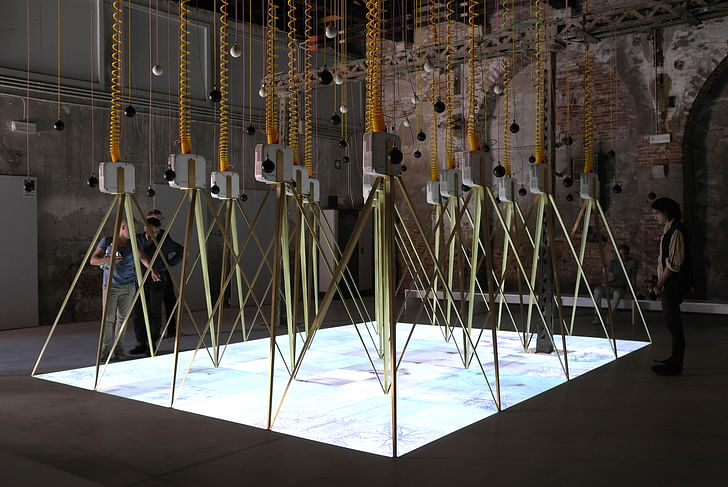
The Venice Biennale of Architecture
Venice is our origin point for this particular kind of cultural initiative. Concerned over losing its status as a major trading city, Venice sought to promote itself as a center of culture. As a result, the City Council proposed the founding of a biennial national artistic exhibition. In celebration of the silver anniversary between King Umberto and Margherita of Savoy, the first Biennale took place in 1895 and brought in about 200,000 visitors. Cut to 1975, the first architecture exhibition was presented and by 1980, it became its own independent biennale. Each iteration is given a theme and the only format is that of the national pavilion, a temporary occupiable installation. The last biennale was held in 2016 and headed by Alejandro Aravena, known for his socially conscious architecture and creativity in affordable housing. Following this, the President, Paolo Barratta, is hoping that the next installment in 2018, curated by Yvonne Farrell and Shelley McNamara of the Dublin-firm Grafton Architects, will continue this reflection on how architecture can help people.
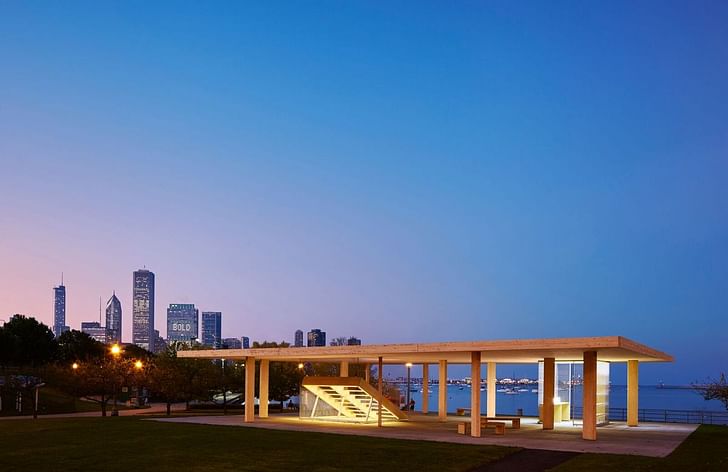
Chicago Architecture Biennial
New to exhibitional scene, the Chicago Architecture Biennial saw its first installment in 2015. Seen as a bid by Mayor Rahm Emanual to boost tourism and elevate Chicago's status as a design center, the Biennial has been born out of the city's massive Chicago Cultural Plan. Considered the birth place of the skyscraper, Chicago has a rich architectural history that includes the likes of Frank Lloyd Wright and Ludwig Mies van der Rohe. As was noted by Robert Ivy, CEO of AIA, "[Biennials] are proliferating, but Chicago has a trump card in that architecture is the great calling card for Chicago." The CAB has taken the exhibition as it's model but it is unique in that it has foregone the theme-format. Instead, the invited participants, comprised of individuals, teams and practices, determine the scale and mode of their work which can range from film or photography projects to full-scale homes. The second iteration will occur later this year being held from September 16th through December 31st. The artistic directors for the 2nd installment will be Sharon Johnston and Mark Lee of the LA-based firm Johnston Marklee. You can view a full-list of participants here.
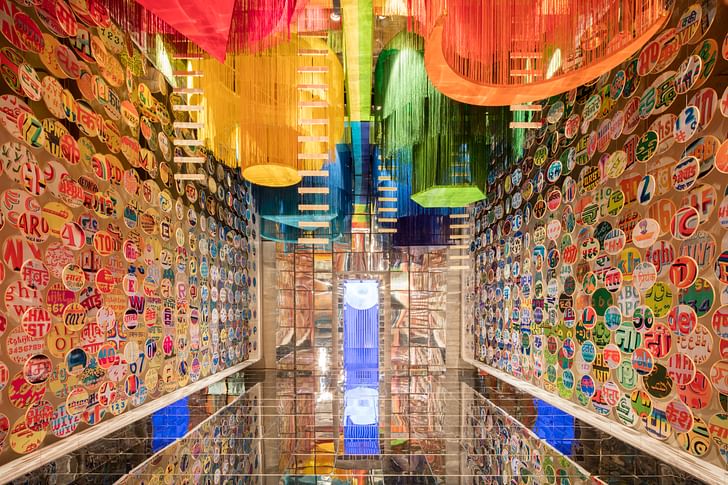
London Design Biennale
Another newcomer, the inaugural exhibition of the London Design Biennale was hosted in 2016 with 37 countries participating and the theme of "Utopia by Design." This is one of the few copies that takes Venice as their model. Rather than being curator-led, the London Biennale is organized by nation. Each country builds a design team comprised by a combination of architects, designers, scientists, and writers to conceive of an installation, prototype and/or design in response to the theme. Taking place entirely at the neoclassical Somerset House, the London Biennale is shorter than typical, running for only three weeks rather than the traditional three months. Organized by the team behind the London Design Festival, which will overlap with the Biennale every other year, the impetus for this offshoot was to create an international survey of the state of design. The 2018 installment is currently accepting project proposals.

Shenzhen/Honk Kong Bi-City Biennale of Urbanism and Architecture
The Bi-City Biennale is currently the only biennial exhibition in the world to be based exclusively on the set themes of Urbanism and Urbanization. It was initiated in 2005 by the Shenzhen Municipal Government and joined by neighboring Hong-Kong in 2007. Both cities co-organize the event hence the distinction "Bi-City." As both are populous and rapidly growing, it is no surprise that they would take the topics of Urbanism and Urbanization up as their focus. The event is comprised of the following: a main exhibition, conceived by a curator and centered on one theme; the invitation exhibition, which includes the national pavilion where cultural institutions and organization participate; the collateral exhibition, which houses projects that have been reviewed and recommended by the Academic committee; and the UABB school which hosts educational programs for citizens and is free of charge. The UABB sees itself as both an exhibition and a public education platform promoting innovation in the fields of architecture and urban planning. The next installment will open on Dec 15th, 2017. Curated by Hou Hanrou, curator and critic, and the founding partners of URBANUS, Liu Xiaodu and Meng Yan, the sub-theme will be "Cities, Grow in Difference."
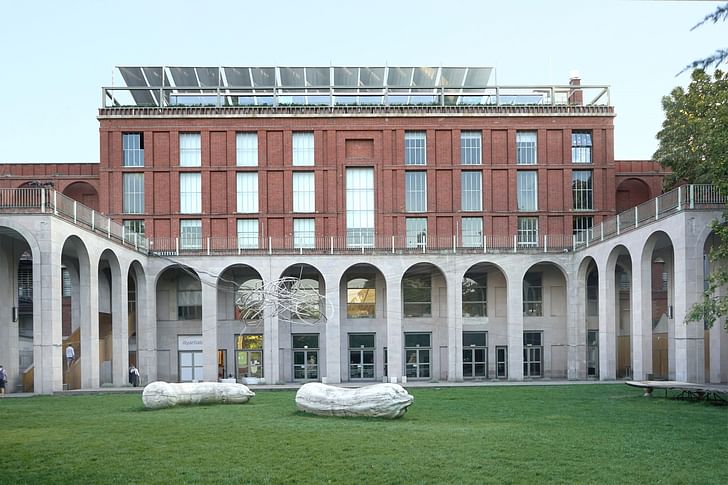
Milan Triennale
As a major international event dedicated to architecture, design and craftsmanship dating back to 1933, the Milan Triennale has been the stage for heavyweights such as Picasso, Le Corbusier, and Frank Lloyd Wright to display their work. It also was the first exhibition held under the auspices of the Bureau of International Exhibitions. Operating every three years until 1996, the spectacle is managed by the Milan Triennial Institution, a unique cultural body dedicated to exhibitions and events. After a 20-year pause, the Milanese exposition returned in 2016 for an international program. Counting 20 exhibits, two summer schools, three international workshops, a theatre program, a festival and dozens of concerts and conferences, the XXI Triennial attracted over 475,000 visitors. Originally held entirely in the Palazzo dell'Arte, the new iteration is spread throughout the city taking over emblematic buildings throughout Milan and its suburbs in the hopes of encouraging new development and opportunities for education, according to BIE Secretary General.
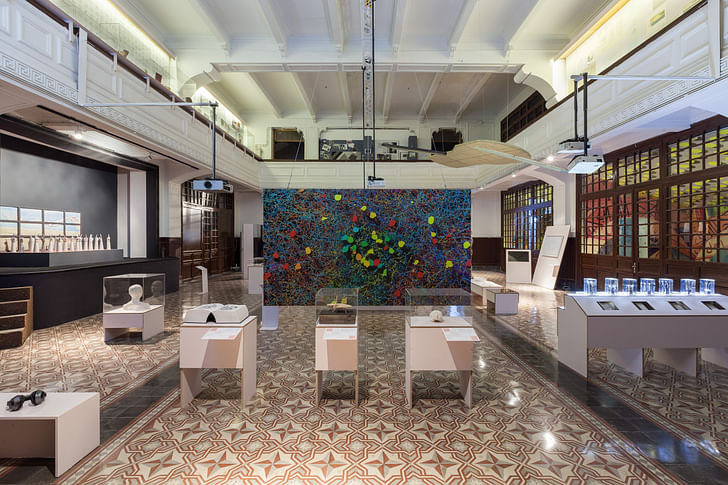
Istanbul Design Biennial
Launched out of the Istanbul Biennial for Art, the Istanbul Design Biennial is funded and organized by the Istanbul Foundation for Culture and Arts, a non-profit whose objective is to make Istanbul one of the world's foremost capitals of culture and the arts. Open to all disciplines of the creative industries in major fields such as urban design, architecture, interior, industrial, graphic, new media and fashion design as well as their subfields, IDB aims to showcase the importance of design for production, economy, cultural interaction and quality of life. Rather than using one of national representation, IDB has chosen an exhibition model with a curator appointed by an international advisory board. First held in 2012, the event saw over 115,000 visitors during the course of the 9-week program. The last installment, hosted in 2016, was themed "Are we human?: The Design of the Species: 2 seconds, 2 years, 200 years, 2,000 years" and curated by powerhouse historians, theorists and educators Beatriz Colomina and Mark Wigley.
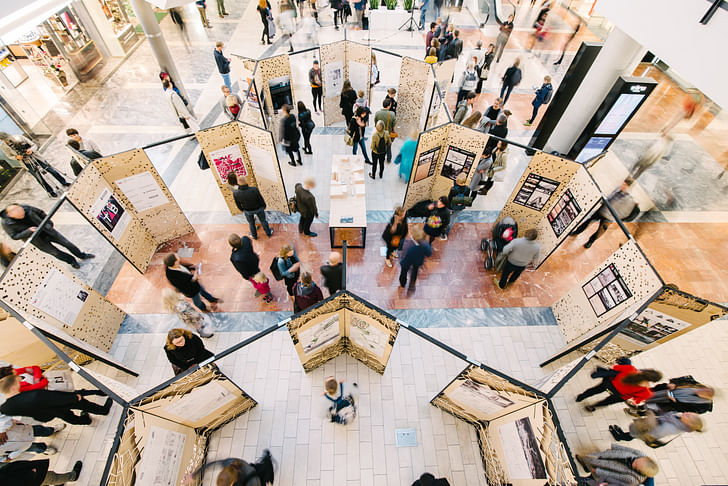
Tallinn Architecture Biennale
The Tallinn Architecture Biennale is an international architecture and urban-planning forum continuing the 90s tradition of the Nordic-Baltic Architecture Triennial in an updated and fresh form. Curators set the topic of each iteration and there are four main events: the Symposium, the Curator's Exhibition, the Vision Competition and the Architecture Schools's Exhibition. It is considered an international, one-stage architecture competition and is organized in cooperation by the Estonian Centre of Architecture and Tallinn City. The first of its kind was held in 2011 and the theme was Landscape Urbanism. Its fourth rendition is coming up later this year and will be held from September 13th through October 27th. Estonia, the birthplace of Skype and online voting, is quickly becoming a leader in the technology realm making it the perfect setting for this year's exhibitional subject matter, bioTallinn, which will focus on the convergence of biotechnology and information technology applied to landscape and urban design. At the helm. is architect, urban designer and ecologist, Claudia Pasquero.

Lisbon Architecture Triennale
Started by the Portuguese Architects Guild-South Region Section, the Lisbon Architecture Triennale stands out amongst the others for being initiated by an architectural guild rather than a city government or cultural institution. The 67-day event is headquartered from the Sinel de Cordes Palace, a palatial construction from the mid-18th century. A property of the Municipality of Lisbon, the Triennale has been granted use of the building as a key part of a larger strategy to foster a new creative hub in the city. As is stated in the original press release from the inaugural event in 2007, "Architecture is one of the most vibrant fields of culture in Portugal, with a wide international renown and considered as a strategic sector for the affirmation of Portugal in the international context." The event involves three months of talks, workshops, events and artistic actions and the next version will come in 2019.
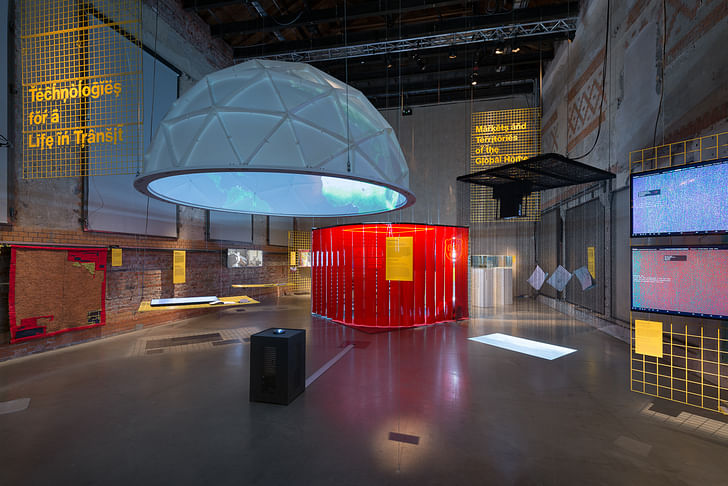
Oslo Architecture Triennale
Held every third autumn, the Oslo Architecture Triennale is the Nordic region's biggest architecture festival. Established by the National Association of Norwegian Architects in 2000, Oslo's take on the -nale is similar to that of Lisbon in this regard. The city of Oslo is one of Europe's fastest growing cities making it an important nexus for discussing issues and trends within the architectural community. For it's last rendition in 2016, the theme, "After Belonging: A Triennale In residence, On Residence and the Was We Stay in Transit," sought to address the urban conditions and architectural manifestations provoked by the refugee crisis, mass migration and the more transient way people live now. Held at the Norwegian Center for Design and Architecture, the ten-week extravaganza hosts exhibitions, conferences, debates, competitions, publications and events in a range of formats and mediums. OAT accepts open calls for projects, developed by architects, artists, scholars, institutions etc., that are then independently financed and organized to respond to the curatorial framework. The next event will come in 2019.
No Comments
Block this user
Are you sure you want to block this user and hide all related comments throughout the site?
Archinect
This is your first comment on Archinect. Your comment will be visible once approved.